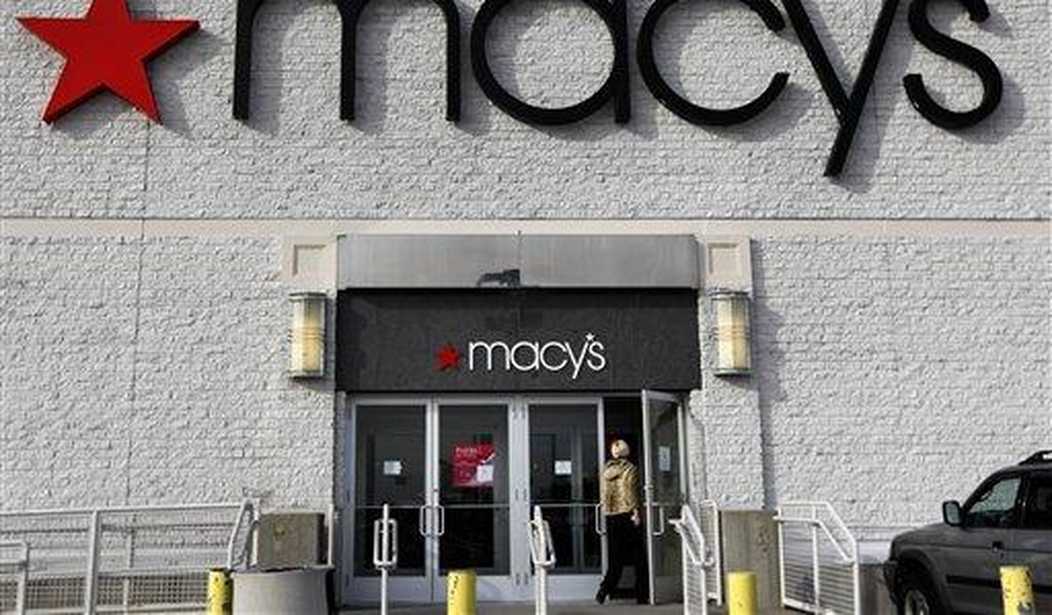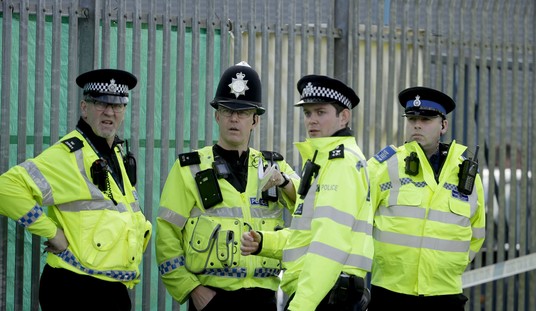The bad news is that San Francisco is losing yet another flagship retailer downtown. The good news is that this time they aren't the only ones. Macy's announced today that it will close about 30% of its outlets nationwide which works out to about 150 stores.
Macy's will close its flagship Union Square store, according to Supervisor Aaron Peskin, who said the company directly informed him Tuesday morning of its plans.
The move comes after the retail giant announced it will close 150 stores, about 30% of its total locations, over the next three years—including 50 by year-end—due to flagging sales...
State Sen. Scott Wiener said there is "a lot of work to do" in order to revitalize the city's downtown.
“There will be an automatic narrative that this closure has something to do with San Francisco or with crime,” Wiener said. “But this is a mass closure. ... We need to aggressively and creatively reimagine the future of downtown SF, including Union Square.”
Sen. Wiener is always quick to defend San Francisco's honor but in this case he may be trying a bit too hard. The trends Macy's is responding to with this announcement clearly aren't limited to San Francisco, but that doesn't mean these aren't some of the same trends SF has been struggling with. Even the San Francisco Chronicle reports this is partly about the dying of downtown retail space in the city.
Experts say, and studies show, that in-person retail — sometimes called brick and mortar — has largely rebounded from pandemic lows. The problem, at least for Macy’s flagship San Francisco store, may be its location.
A JP Morgan Chase study from last year called Downtown Downturn found that, in cities, many retail firms have shifted from downtown locations to more suburban areas, following the migrations of their consumers...
San Francisco’s return to offices numbers have flatlined below 50% of post pandemic averages, according to data from Kastle Systems, which tracks office card swipes. Recent office vacancy data for San Francisco also shows a record high of 36%, with many of those office buildings near the Macy’s in Union Square. More vacant offices mean less office workers and less in-person spending...
“Union Square doesn’t need to exist in the modern framework of local consumer demand,” said Chrstopher Thornberg, an economist and founder of Beacon Economics. He said with fewer people going downtown for work in San Francisco’s urban core, big shopping centers like Union Square don’t make economic sense.
So, fair enough, this closure may not be the result of homeless drug addicts robbing the store blind on a daily basis, as we've seen in other places in San Francisco, but it still looks a lot like part of SF's urban doom loop.
Macy’s departure will cut another major anchor from the Union Square and Powell shopping district, nearby businesses say. The vital neighborhood generates millions of dollars in sales and property taxes for the city, along with numerous in-person jobs. Around 400 Macy’s employees work at the store, according to their union, United Food and Commercial Workers Local 5.
John Konstin Sr., owner of historic John’s Grill, called the closure “really devastating news” and said he was “incredibly saddened.” The 1908 restaurant, a block south of Macy’s, benefited from the store’s holiday lights and customer foot traffic.
Most of the elements of a doom loop are there. Fewer workers downtown means less foot-traffic and less shopping during the work week. That leads to brick and mortar retailers that are struggling to pay rents negotiated when business was a lot better and retail space was worth a lot more. When those retailers finally close, there is even less reason for people to travel downtown. And as mentioned, the closures mean millions less in tax revenue for the city which is losing both retail outlets and commercial real estate rentals. Lack of revenue makes it harder to maintain basic services such as policing which also makes downtown less appealing.
The final straw comes when the city can no longer afford to run the expensive public transit system which was built to bring people to a vibrant downtown that no longer exists. Once the trains stop running as often, the doom loop goes into overdrive. And SF is already there. It had to beg the state for money late last year to avoid cutting BART service. But now that the state is running a deficit, they won't be able to get that help again.
Other cities have fewer retail workers and store closures downtown but few seem to be struggling as much as San Francisco. There's really no way to spin this as anything but more bad news.








Join the conversation as a VIP Member